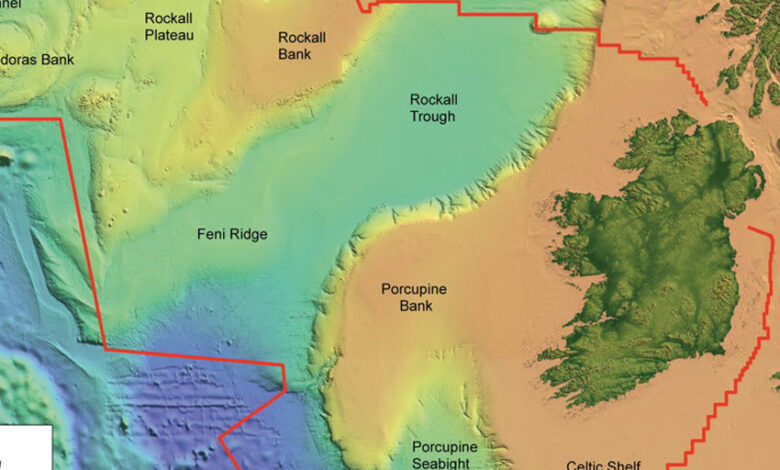Mapping Ireland’s territorial waters

Ireland’s vast potential for offshore wind development, with the subsequent development of renewable gas, is dependent upon the scoping and mapping out of Ireland’s territorial waters, an area which is more than 10 times greater in size than its land mass.
The Integrated Mapping for the Sustainable Development of Ireland’s Marine Resources (INFOMAR) programme is a joint venture between the Marine Institute (MI) and Geological Survey of Ireland (GSI) and is funded through the Department of the Environment, Climate and Communications.
The programme, which is a successor to the Irish National Seabed Survey (INSS), is currently around two-thirds through its second phase, with the latest report having been published in 2021. The INFOMAR programme concentrates on creating integrated mapping products of the physical, chemical, and biological features of the seabed in the near-shore area.
INFOMAR’s goal is to build on the work carried out under the aegis of the INSS, which involved mapping of more than 80 per cent of Ireland’s seabed territory, supporting the delineation of the exclusive economic zone, and extending inshore coverage to the 200m depth contour overall, with extension into 50m depth offshore of counties Donegal and Kerry.
It has three objectives: data acquisition, management, and interpretation; data exchange and integration; and value-added exploration.
On data acquisition, management, and interpretation, the programme’s targets outlined in 2018 for the GSI and MI survey target areas of 9,340km2. However, only 7,949km2 of this target was met. This means that almost 31 per cent of the set coverage targets were not delivered in 2021, the latest year of reporting. As a result, the subsequent target for coverage in 2022 was revised down to 8,857km2.
Data exchange and integration is a key ambition for the INFOMAR programme, given the collaborative basis under which the project is taking place. The 2021 report details that of the area surveyed within a 200m contour. Approximately 70 per cent of the area surveyed within the 200m contour was successfully classified, leaving a classification gap of 30 per cent.
The third programme objective is delivering a range of value-added opportunities linked to user demands, commercial markets, and external funding sources. Central to this will be the finalisation of the EMFF SeaRover Synthesis project and publication of the Synthesis Report to promote data dissemination amongst relevant stakeholders.
The SeaRover project is a cross-government initiative on geogenic reef mapping, co-funded by European Maritime Fisheries Fund and National Parks and Wildlife Service, supported by INFOMAR (GSI and MI) and NPWS.





